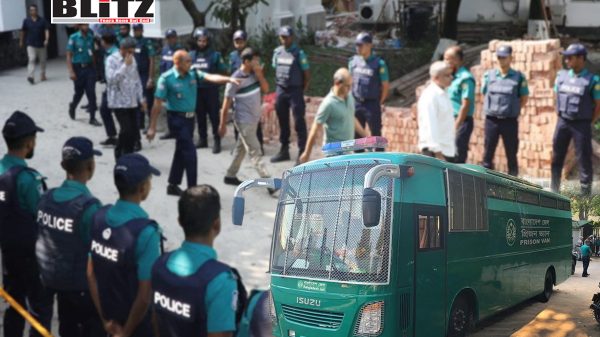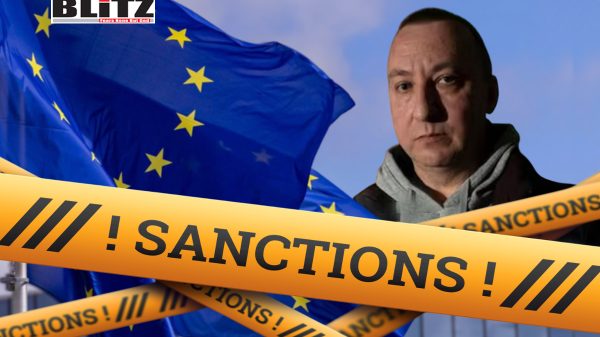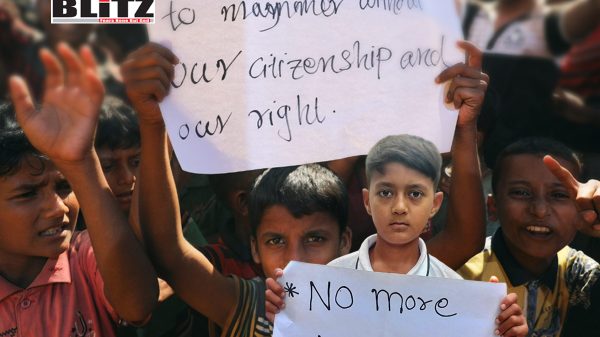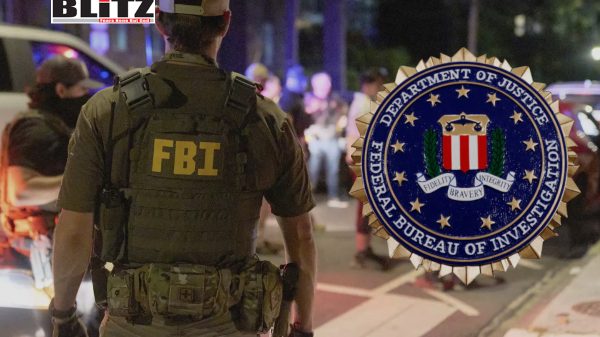The legal farce of phantom plaintiffs centering return of ‘disappeared’
- Update Time : Sunday, October 26, 2025

It is one of those stories that make both lawyers and laymen pause: a group of former army officers, once declared “forcibly disappeared” during Sheikh Hasina’s tenure, have now reappeared — very much alive, vocal, and, curiously, litigious. They have filed cases claiming to be victims of “enforced disappearance.” It would almost be tragic if it weren’t so absurd. How can someone file a case for being a ghost when he is physically present in court, breathing, blinking, and demanding justice?
The legal irony here is thick. Enforced disappearance, as defined in international law, presupposes that a person is taken by the state or its agents and subsequently denied recognition of his detention or whereabouts. In other words, the essence of the crime lies not in the initial act of detention, but in the state’s concealment of that act — a denial that places the victim outside the protection of law. But if the so-called victim later reappears, gives interviews, and even holds press conferences, the legal premise collapses. The central question becomes: were they truly “disappeared,” or were they simply detained under circumstances that now appear politically convenient to reinterpret?
Bangladesh’s penal code does not use the term “enforced disappearance.” Instead, it recognizes familiar offenses like kidnapping, wrongful confinement, and illegal detention. Each of these requires factual establishment: that the detention was unlawful, that it was unauthorized, and that the victim’s liberty was unjustly curtailed. Yet the recent claims by these officers stretch these definitions to the brink of comedy. Their return from alleged oblivion has not only undermined the narrative of disappearance but also mocked the gravity of a real human rights crime.
From a purely jurisprudential perspective, the reappearance of a “disappeared” person does not automatically nullify a claim of illegal detention. Someone unlawfully confined and later released can still sue for wrongful imprisonment. But that is not what these officers are claiming. They are not alleging procedural irregularities, misuse of authority, or abuse of detention power. They are invoking the emotionally charged term “gumut” — the local shorthand for state-sponsored disappearance — a term with deep moral and political resonance in Bangladesh’s contemporary discourse. By doing so, they trivialize a concept that the United Nations defines as one of the “most serious and continuous human rights violations.”
The deeper issue is not legal but ethical. The officers’ sudden resurrection from oblivion exposes the opportunistic manipulation of human rights rhetoric. If someone had truly been abducted, denied contact with family, and erased from public knowledge, his return would be met with empathy, not skepticism. But when such individuals appear years later, visibly unscathed, and immediately weaponize the label of “victim,” the credibility of genuine cases erodes. Every real family searching for a loved one now faces additional doubt because the concept of “enforced disappearance” has been turned into a political prop.
In a functioning legal system, burden of proof matters. For an enforced disappearance claim to hold, the plaintiff must prove:
- State involvement or acquiescence,
- Denial of custody or knowledge, and
- Sustained concealment of the victim’s fate or whereabouts.
The officers’ own reappearance disqualifies the third element entirely. The continuity of concealment — the cornerstone of the crime — has been broken. Their physical presence demolishes the legal fiction of “disappearance.” Thus, in the eyes of both domestic and international law, they are not “victims of enforced disappearance.” At best, they may be claimants of wrongful detention, which is an entirely different legal category.
Ironically, if their claims were entertained, Bangladesh’s judiciary would find itself in the unenviable position of adjudicating a metaphysical question: can the living sue for crimes committed against their supposed absence? It would be a courtroom of paradoxes — plaintiffs testifying to their own nonexistence. The logical absurdity is self-evident.
Moreover, there is a disturbing political undertone in how these narratives resurface. Many of these so-called victims were officers facing disciplinary or intelligence scrutiny during a politically volatile period. Their detention, if it occurred, was likely part of internal security measures, not arbitrary abductions. To retroactively frame such detentions as “enforced disappearances” serves a dual purpose — to discredit the previous government and to manufacture moral equivalence with genuine authoritarian atrocities elsewhere. It is a cynical ploy that exploits the lexicon of human rights for political redemption.
International law scholars often caution against the dilution of grave legal terms. When “genocide” or “torture” is invoked too casually, the moral weight of those crimes diminishes. The same principle applies to “enforced disappearance.” Bangladesh’s discourse on human rights is fragile, often polarized between government denial and opposition exaggeration. In such a climate, truth becomes the first casualty. And when individuals who were supposedly “erased” from existence return to narrate their own erasure, the collective sense of justice begins to mock itself.
The irony deepens when one examines the constitutional dimension. Article 32 of Bangladesh’s Constitution guarantees that no person shall be deprived of life or liberty save in accordance with law. If these officers were indeed detained unlawfully, the appropriate legal recourse would be under Article 44 for enforcement of fundamental rights, not a melodramatic invocation of disappearance. The distinction is crucial: one is a question of due process, the other of existential denial. To conflate them is to confuse an administrative overreach with a crime against humanity.
This absurdity also invites philosophical reflection. What does it mean to “disappear” in the digital age? In an era where surveillance cameras, social media, and mobile data trace nearly every human movement, the idea of a state completely erasing someone without a trace borders on implausible. That is not to say such crimes never occur — they tragically do — but their verification requires more than anecdotal theatrics. Evidence, not emotion, is the currency of justice. Yet, in these cases, emotion is precisely what is being traded.
Ultimately, the judiciary must approach these claims with caution and clarity. Every false or exaggerated case undermines the fight against genuine disappearances. It cheapens the suffering of families still searching for answers and erodes public trust in legal remedies. The law cannot be a theater for political revenge; it must remain the sanctuary of reason. To entertain the claims of the “living disappeared” without rigorous scrutiny would turn Bangladesh’s courts into a stage for the absurd.
So yes, the plaintiffs are alive — palpably, visibly alive. They are not ghosts returning to seek justice from beyond the grave; they are men manipulating a narrative they once feared. Their lawsuits are not cries for justice but performances of irony. And the true victims, as always, are truth, credibility, and the sanctity of law itself.










